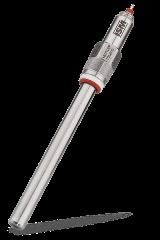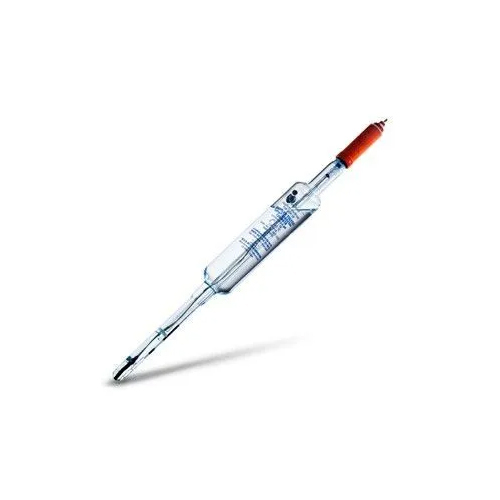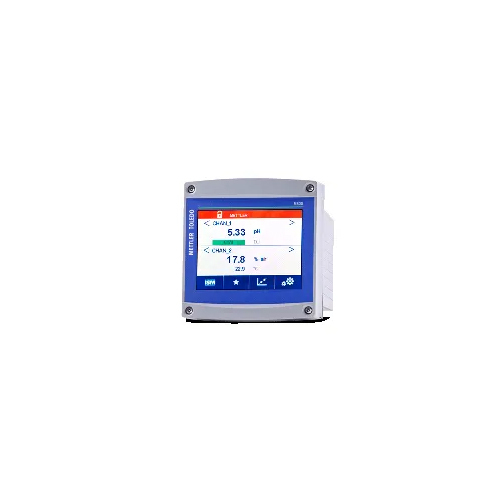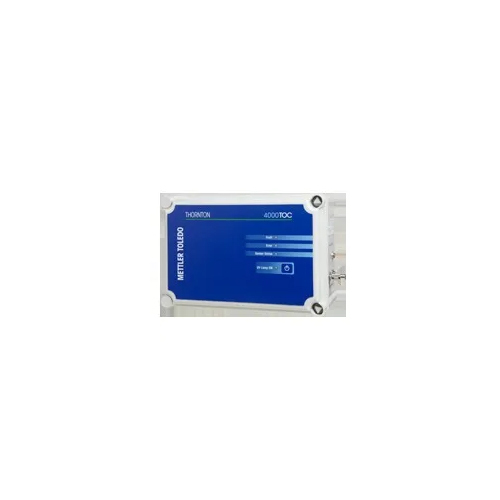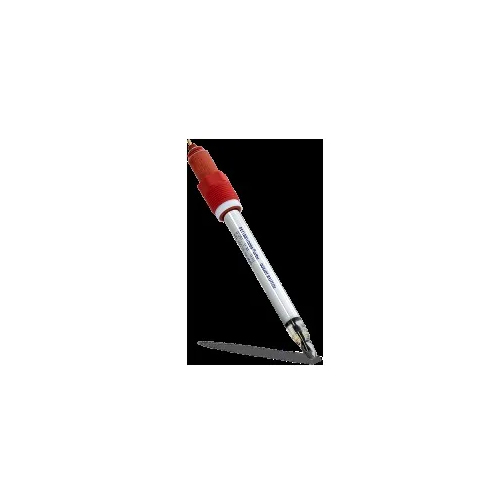Amperometric Sensor for Gas-Phase Oxygen
Product Details:
Product Description
Amperometric Oxygen Gas Sensors
A tool used to gauge the amount of oxygen (O2) in a gas stream is an amperometric sensor for gas-phase oxygen. It operates by electrochemically determining how much oxygen is reduced at the electrode surface.
The amperometric sensor normally consists of a counter electrode made of a conductive material, such as graphite, and a sensing electrode made of a material that catalyses the reduction of oxygen, such as platinum or gold. The decrease of oxygen at the sensing electrode produces a current that the sensor measures after applying a voltage between the two electrodes. The quantity of current produced is inversely proportional to the oxygen content of the gas stream.
Amperometric sensors for gas-phase oxygen provide great sensitivity and accuracy as a benefit. They are capable of measuring a wide range of concentrations, from trace quantities to almost 100% oxygen, and can detect oxygen concentrations as low as parts per billion (ppb). They are also simple to use and reasonably priced.
In industrial and laboratory contexts, amperometric sensors for gas-phase oxygen are frequently used to track oxygen levels in processes including gas storage, fermentation, and combustion. They are also utilised in medical procedures to check patients' oxygen levels, including respiratory treatment and anaesthesia.
It is important to keep in mind that amperometric sensors might lose accuracy due to their sensitivity to other gases and environmental variables, such as temperature and humidity. As a result, accurate calibration and maintenance are crucial to ensuring dependable and accurate results.
Oxygen control for your gas applications
- In process gas stream or tank applications, amperometric oxygen gas sensors provide reliable, real-time measurements without the need for gas sampling or conditioning.
- Easy in-situ installation directly in the tank or vessel
- No cumbersome sampling system needed
- Easy two-minute maintenance and calibration
FAQ
1. How does a gas-phase oxygen amperometric sensor function?
Ans - When oxygen molecules interact with a catalyst, an amperometric sensor for gas-phase oxygen measures the current that is produced. The amount of oxygen in the gas phase can be measured by measuring the current produced.
2. What are the benefits of utilising an amperometric oxygen sensor in the gas phase?
Ans - The accuracy and capability to detect extremely low oxygen concentrations are two benefits of utilising an amperometric sensor for gas-phase oxygen. It is also very sensitive and has a simple calibration process.
3. What kinds of components go into making an amperometric sensor for gas-phase oxygen?
Ans - A base metal electrode, a catalytic substance, and an electrolyte solution are commonly employed in the fabrication of an amperometric sensor for gas-phase oxygen.
4. What is the amperometric sensor's gas-phase oxygen detection range?
Ans - Depending on the type of sensor being used, an amperometric sensor for gas-phase oxygen can have a range that varies, but is normally between 0 and 100% oxygen concentration.
5. How frequently should a gas-phase oxygen amperometric sensor be calibrated?
Ans - To ensure accuracy, an amperometric sensor for gas-phase oxygen should be calibrated at least once a year.

Price:
- 50
- 100
- 200
- 250
- 500
- 1000+
Other Products in 'Process Analytics' category
 |
Mettler-Toledo India Private Limited
All Rights Reserved.(Terms of Use) Developed and Managed by Infocom Network Private Limited. |
 English
English Spanish
Spanish French
French German
German Italian
Italian Chinese (Simplified)
Chinese (Simplified) Japanese
Japanese Korean
Korean Arabic
Arabic Portuguese
Portuguese
